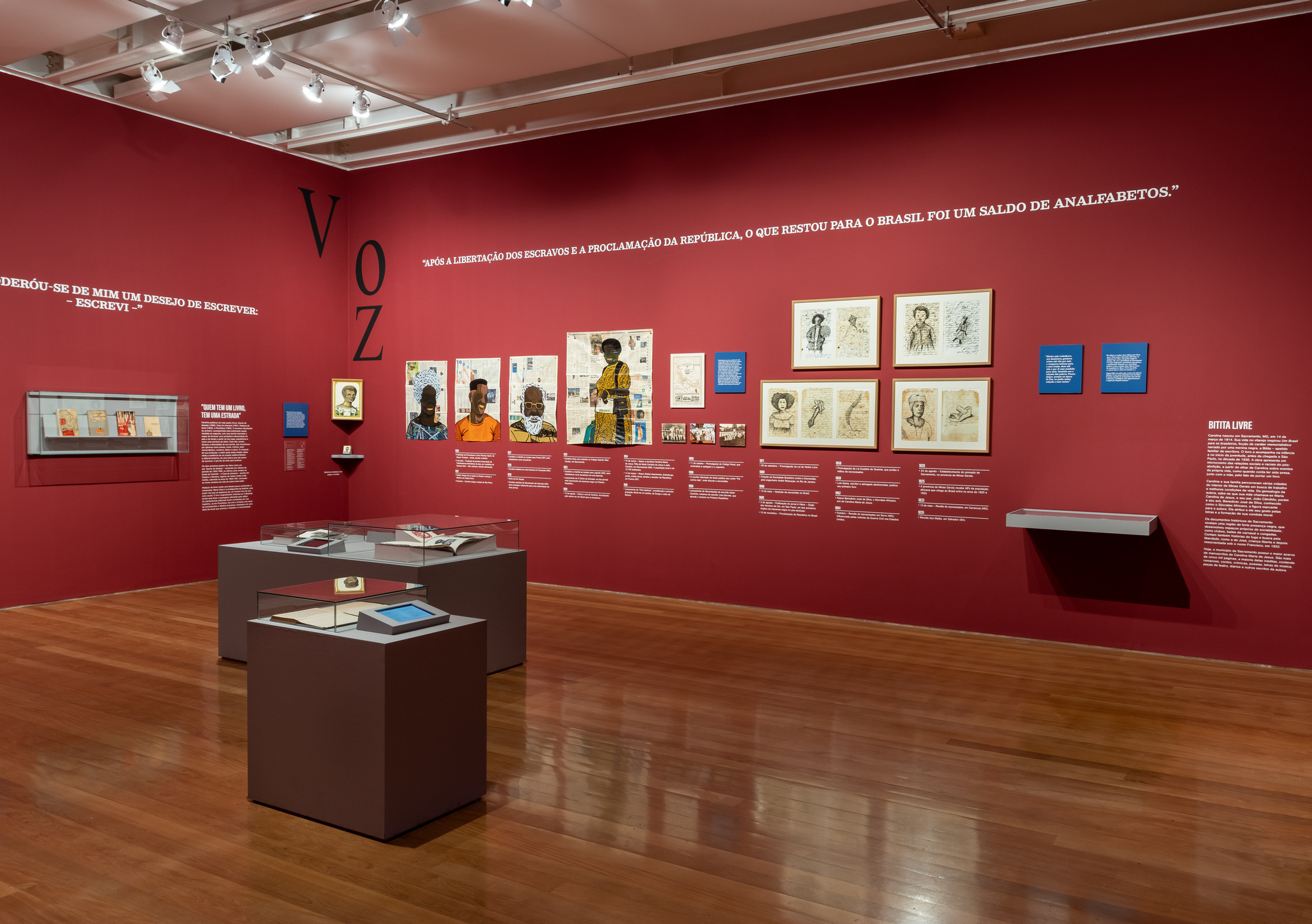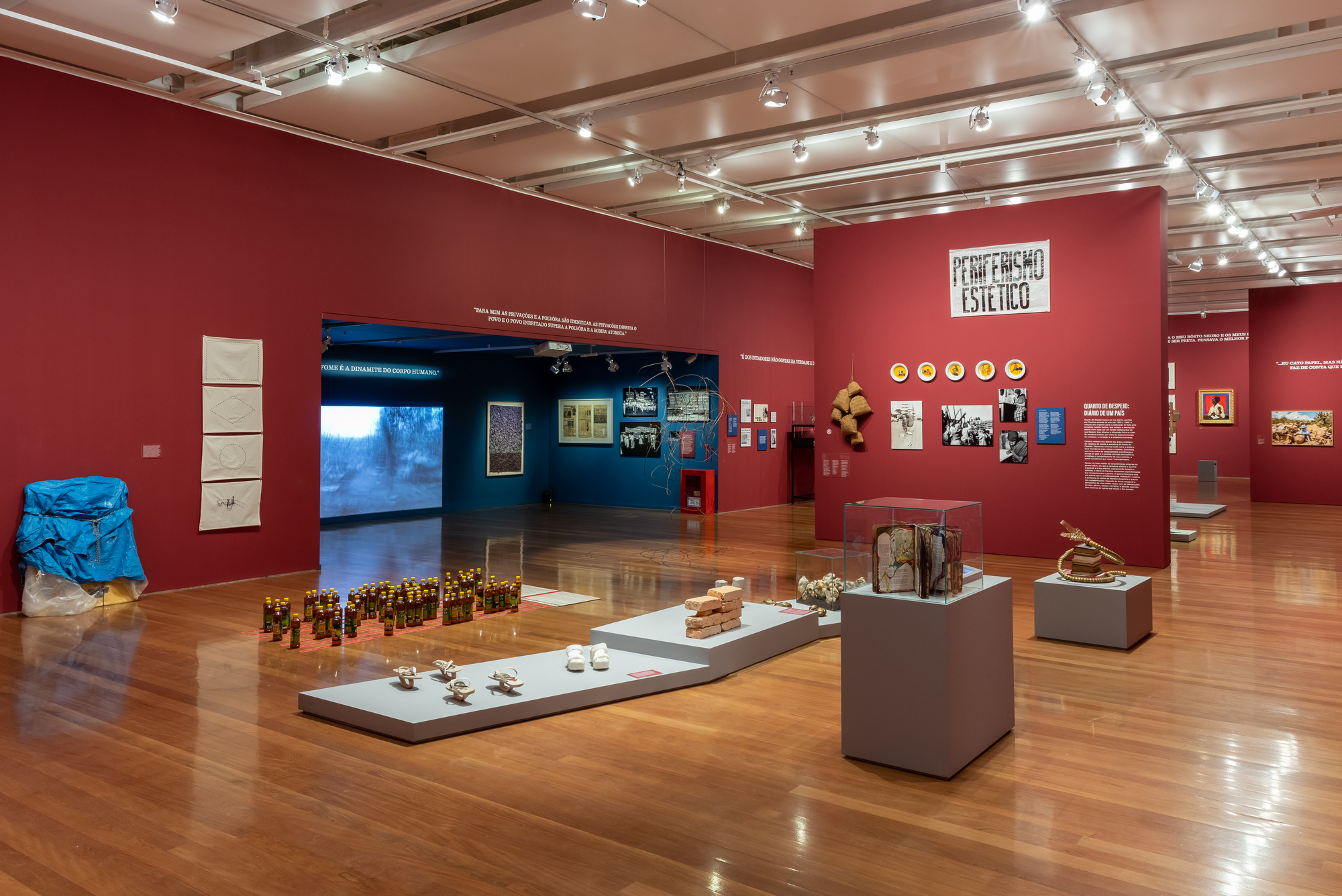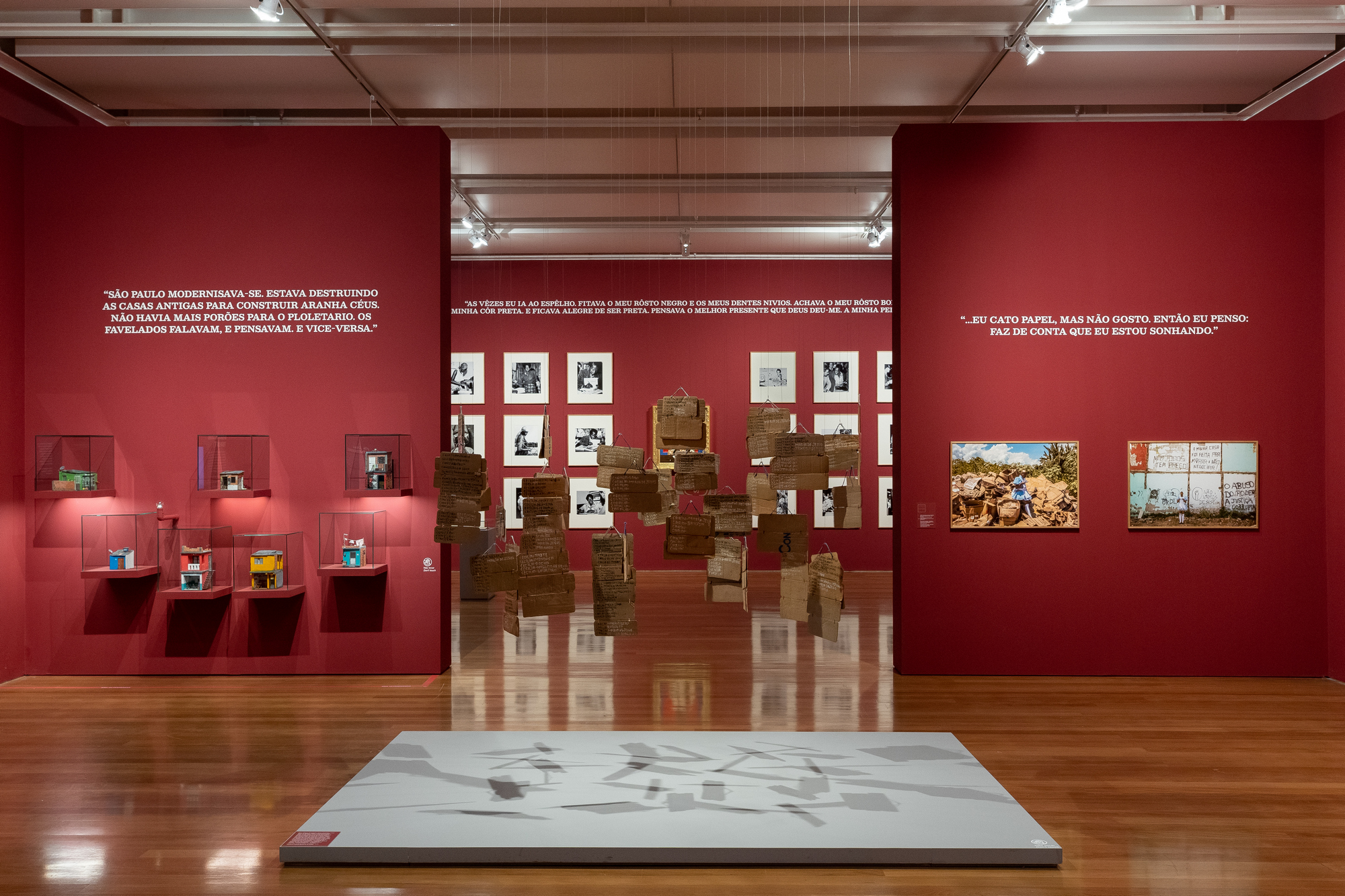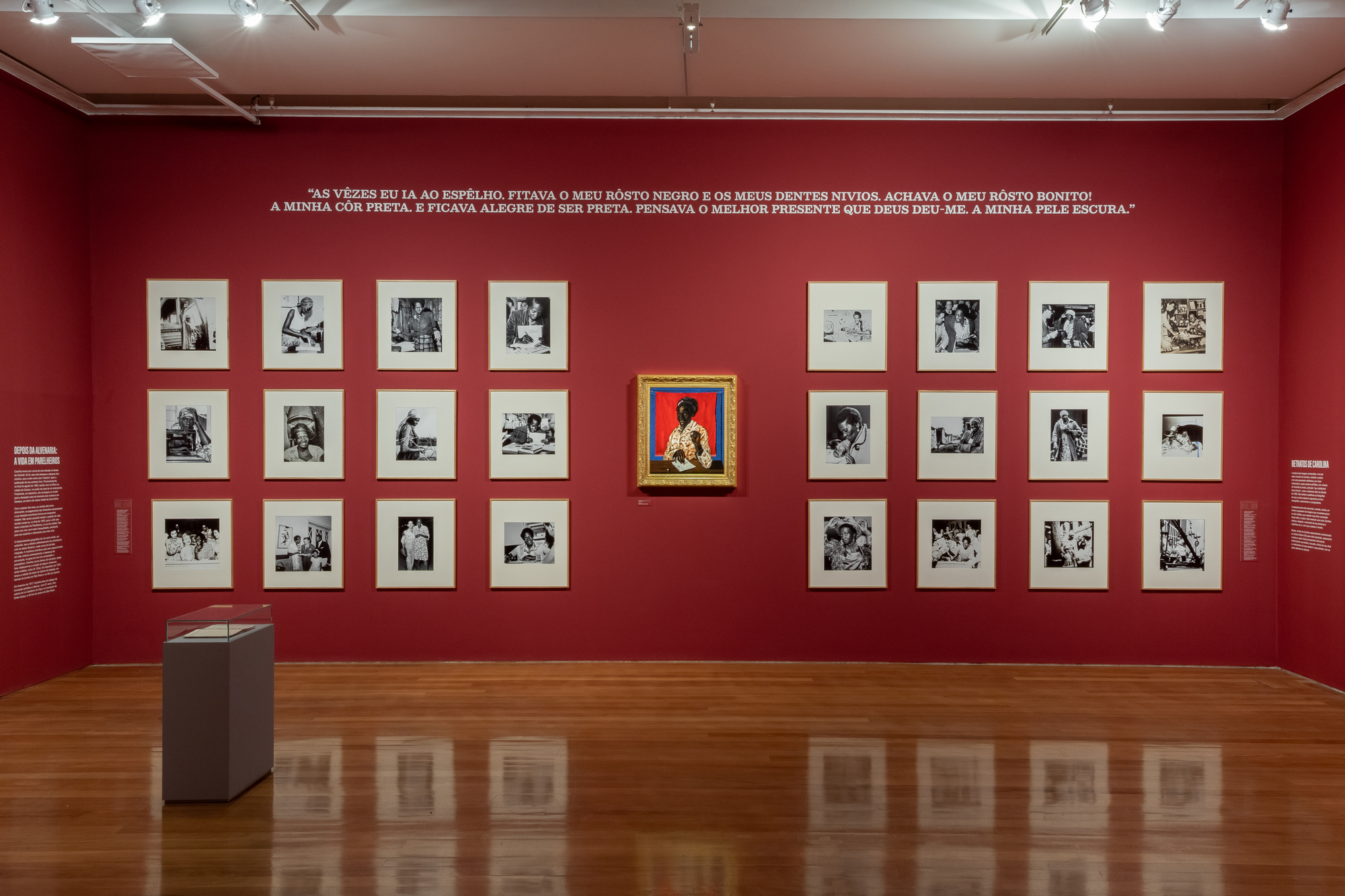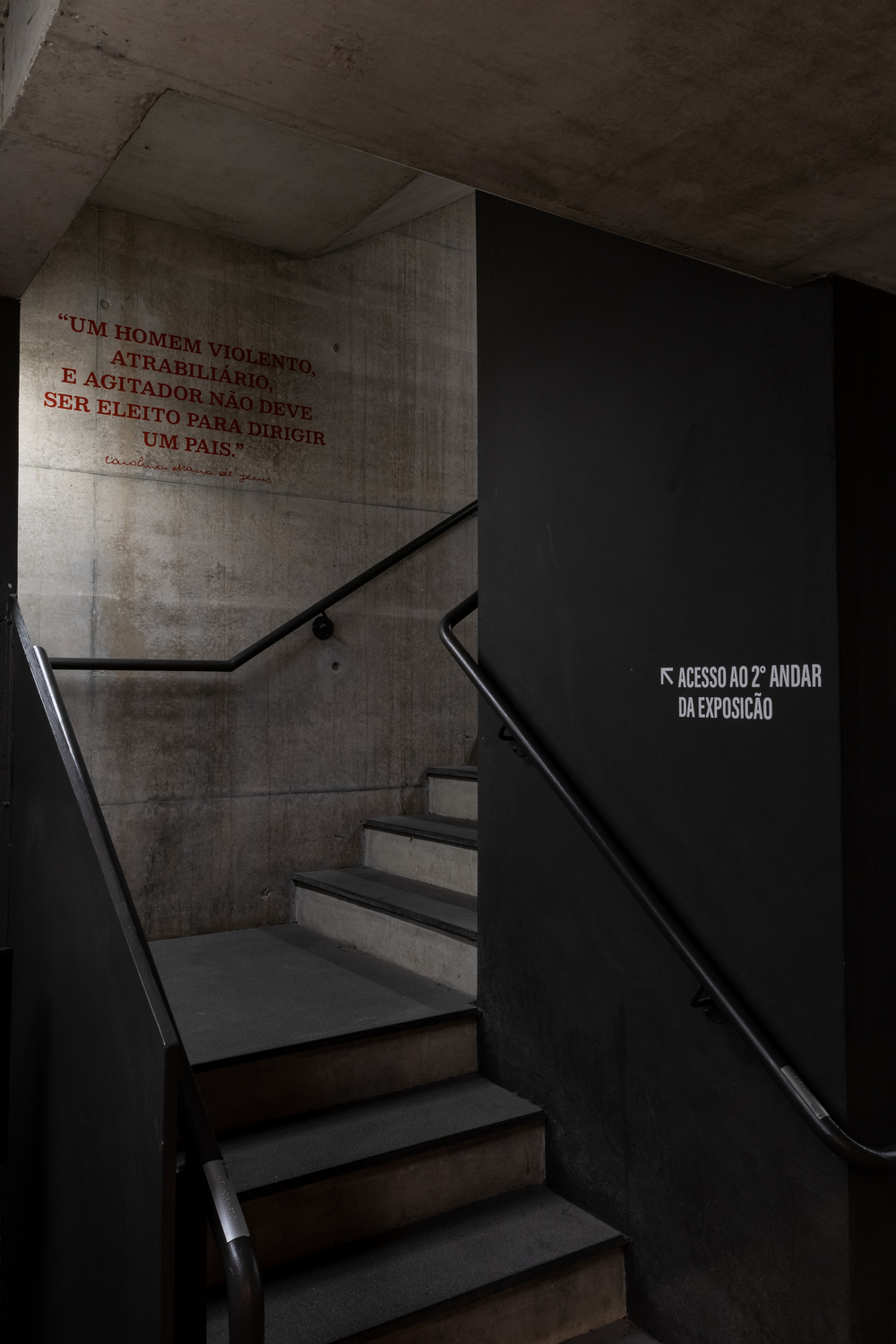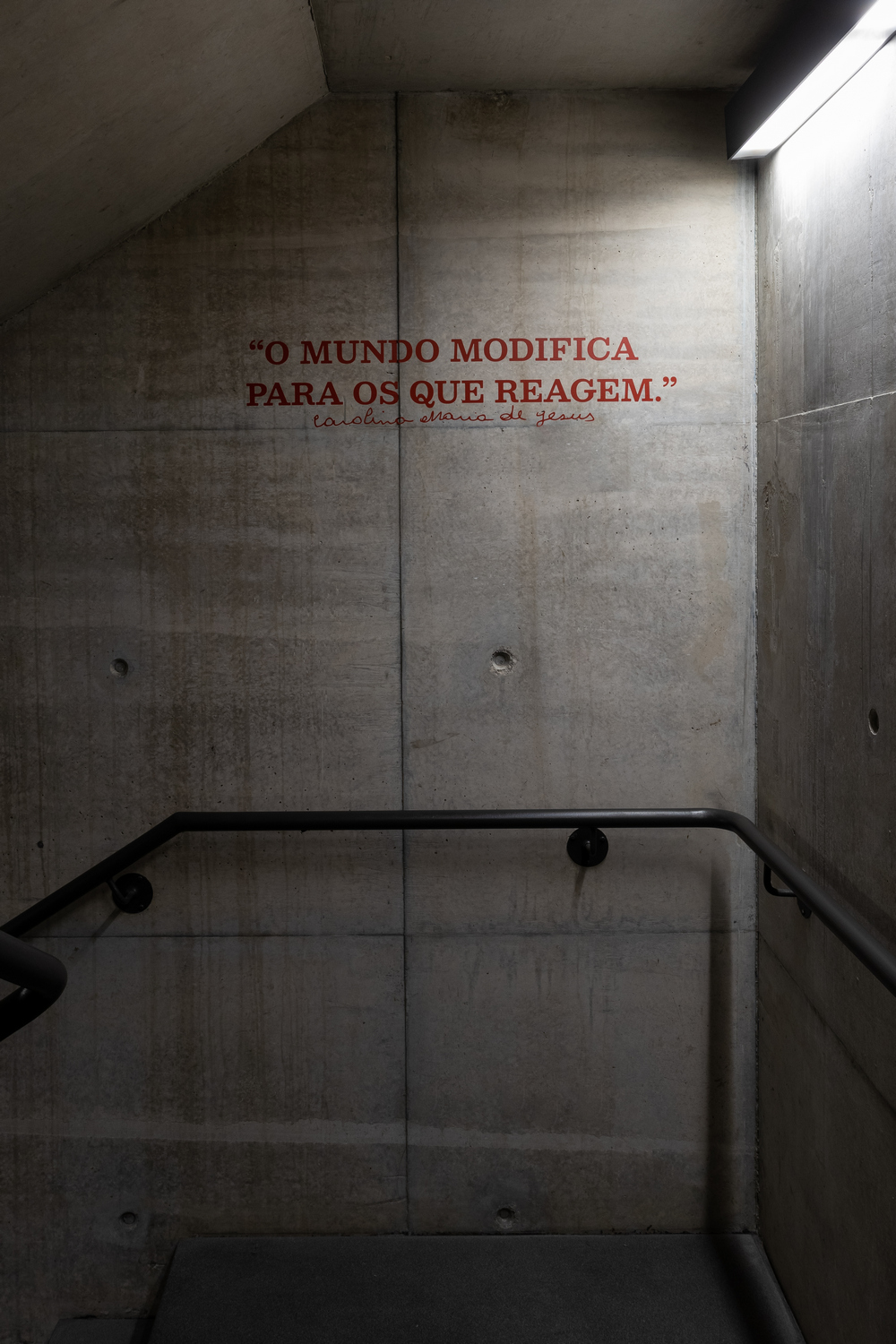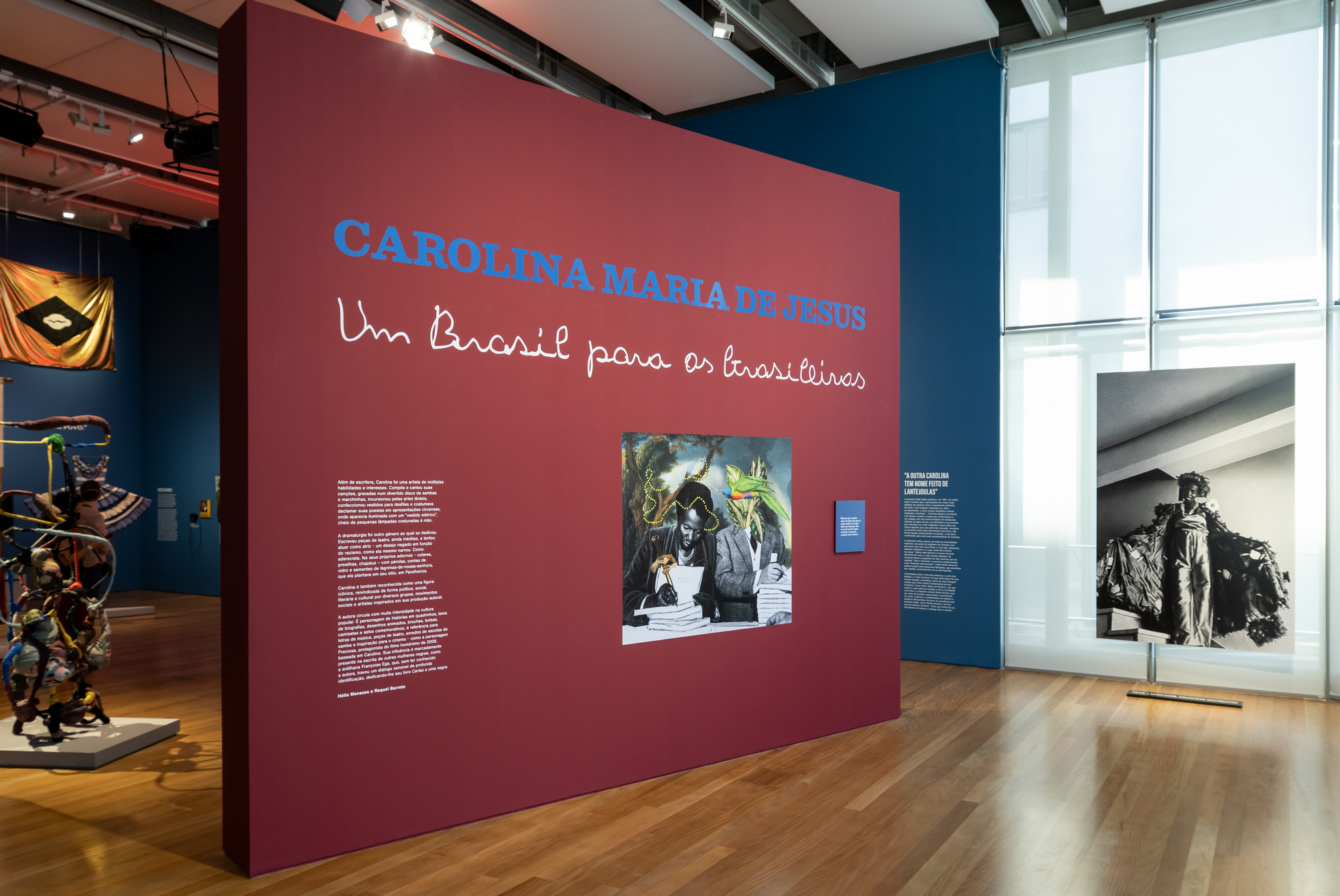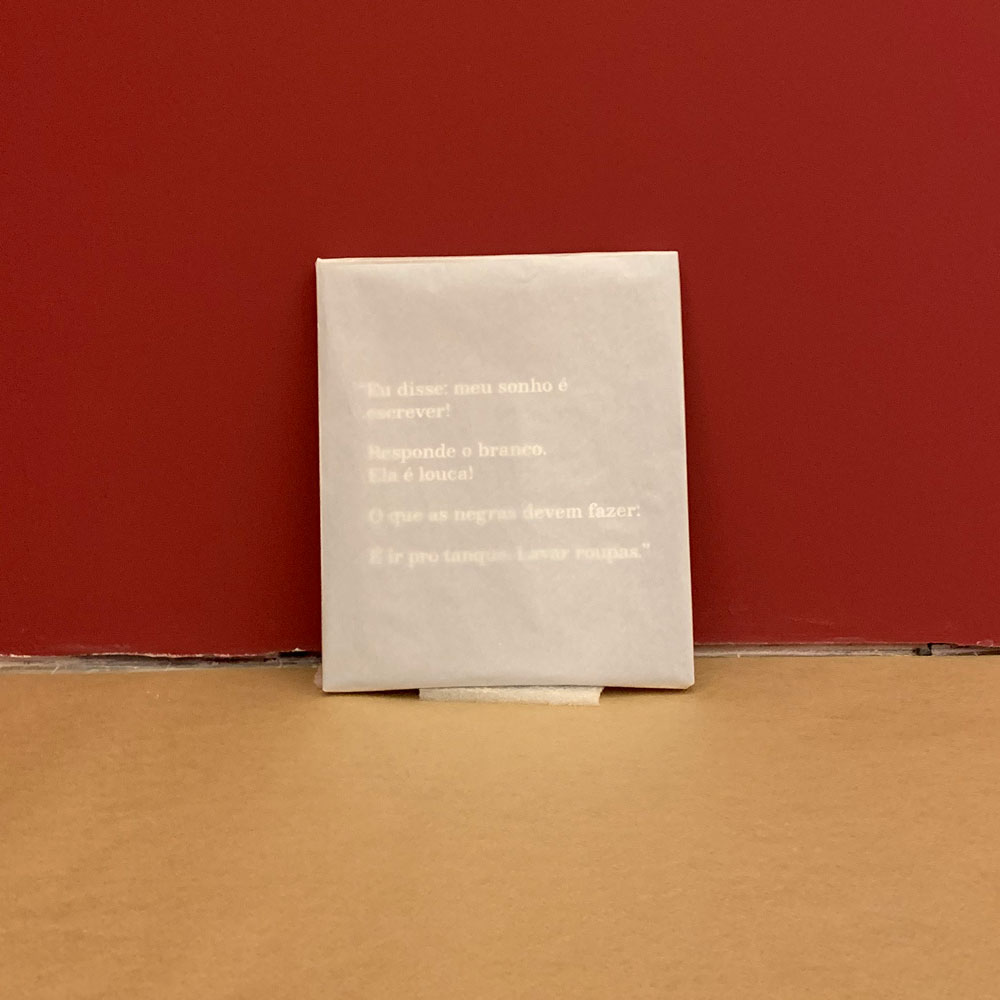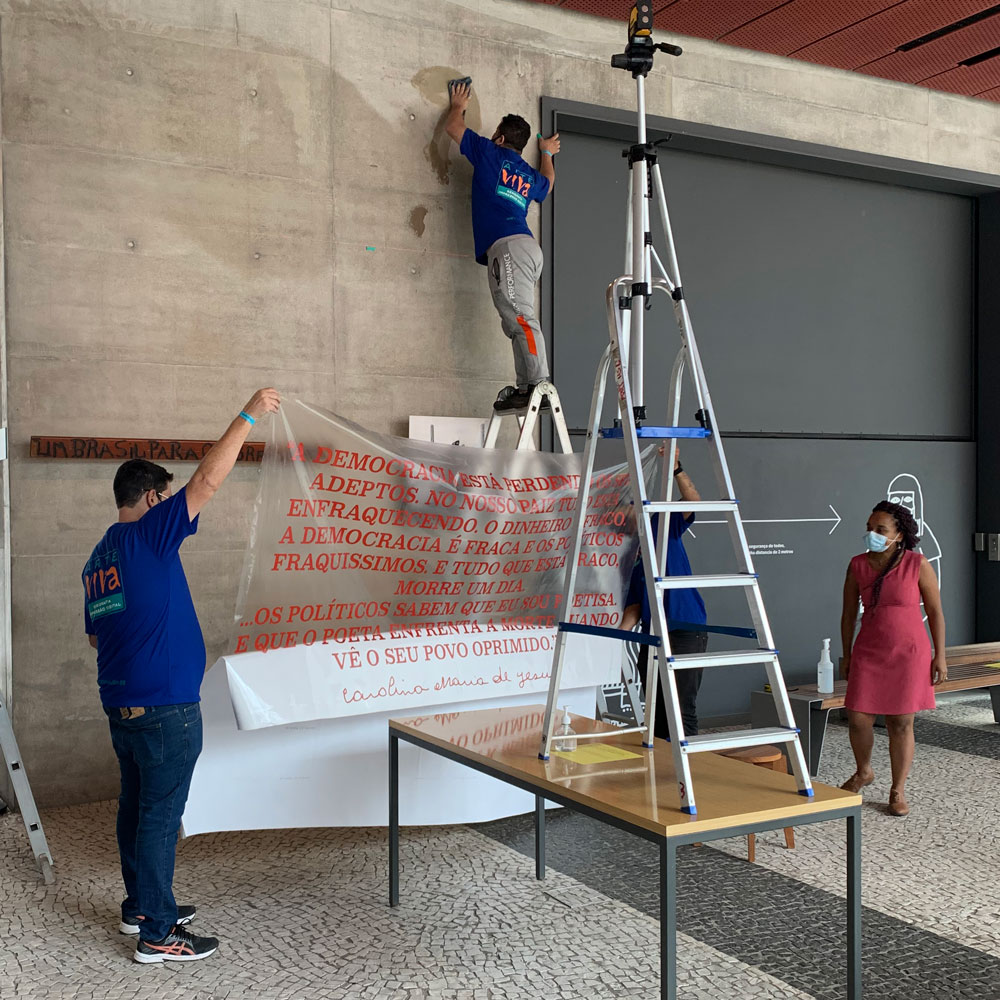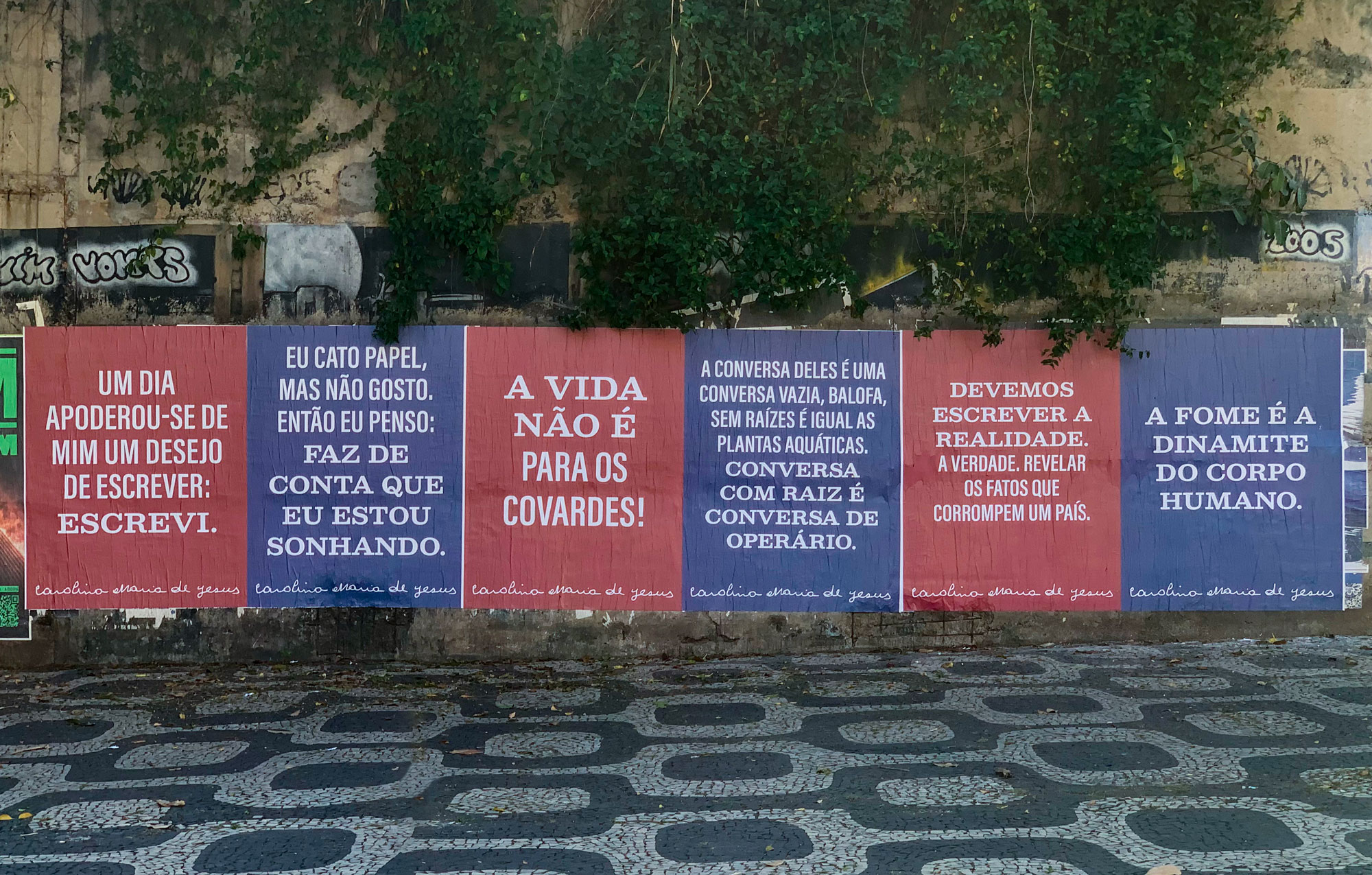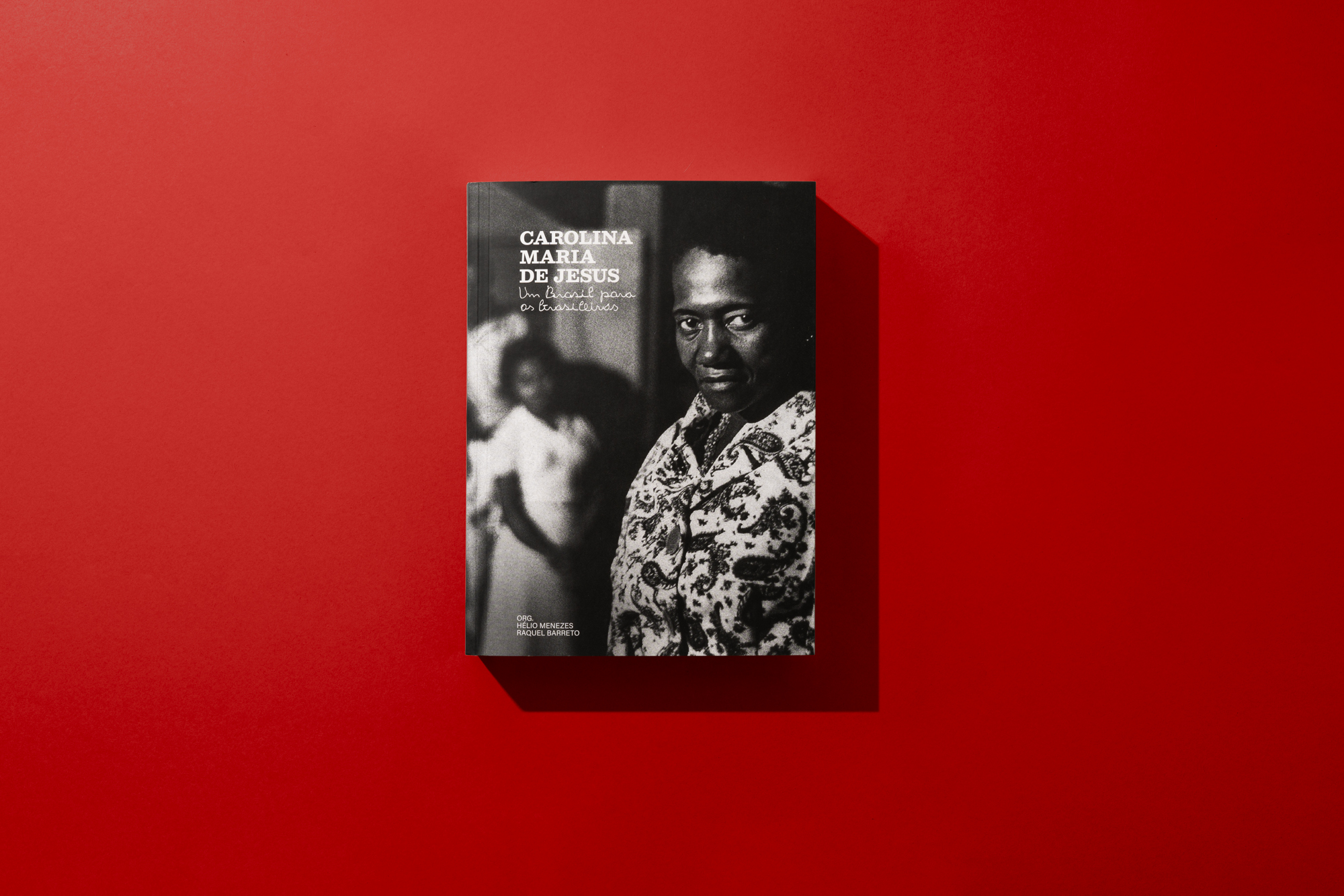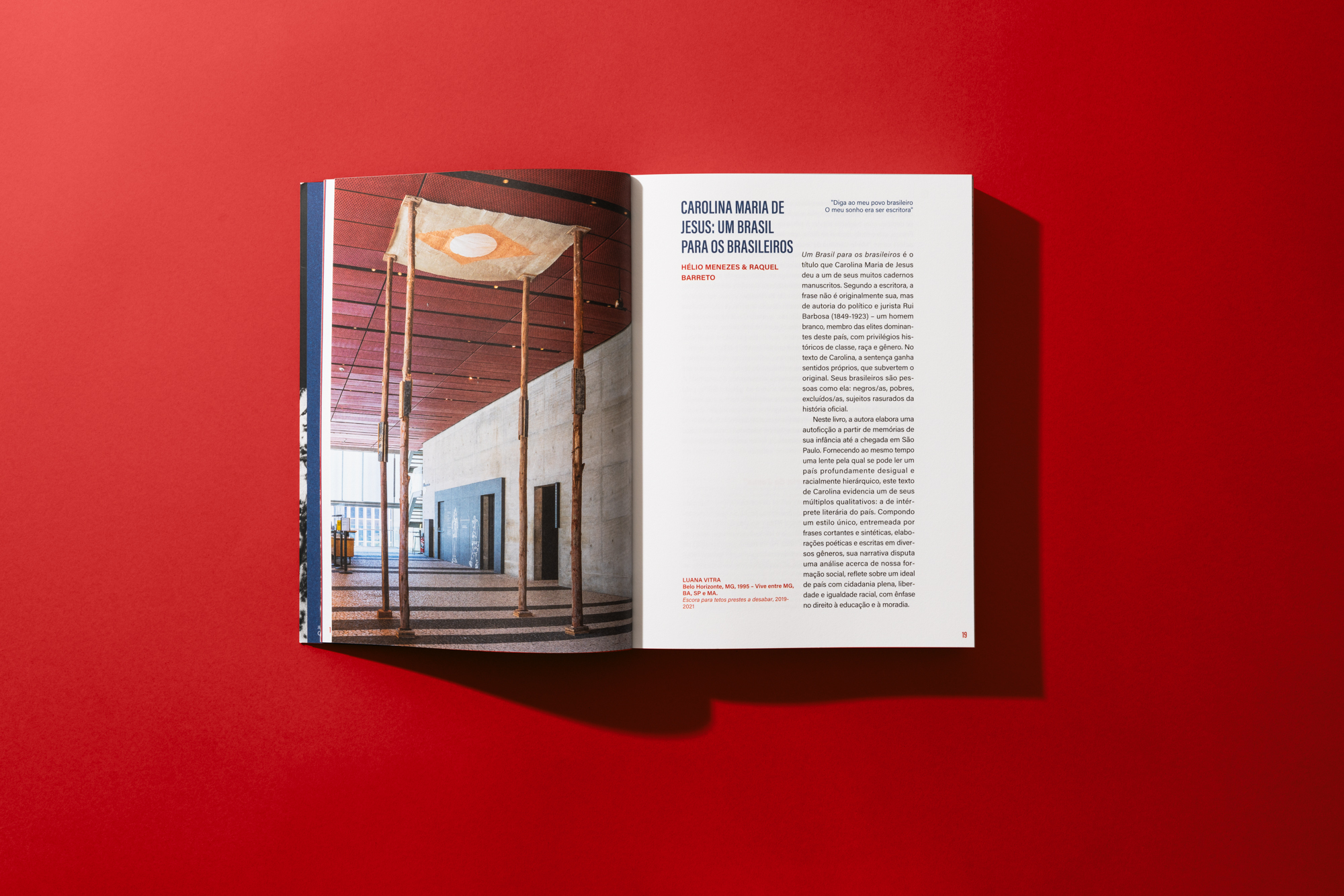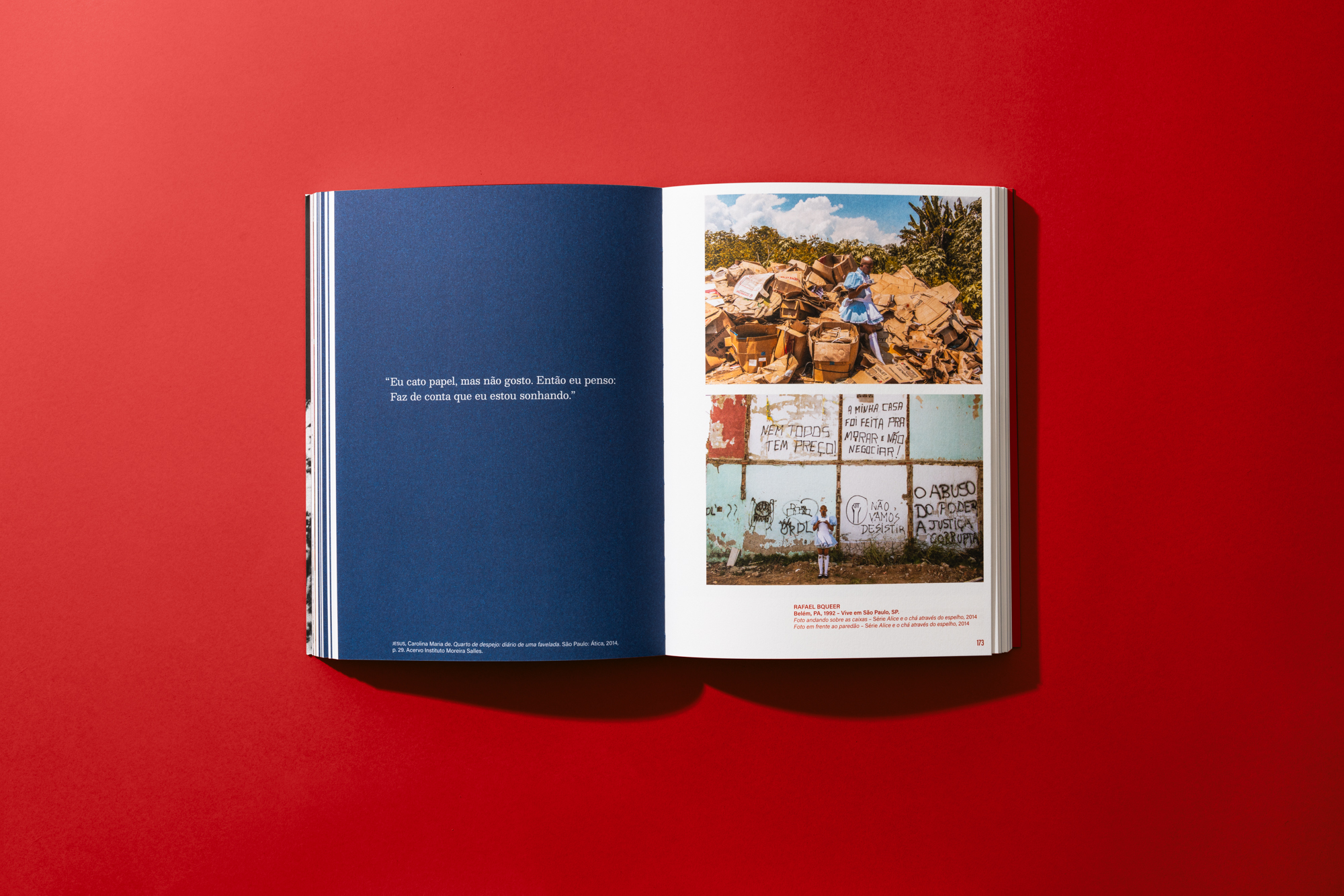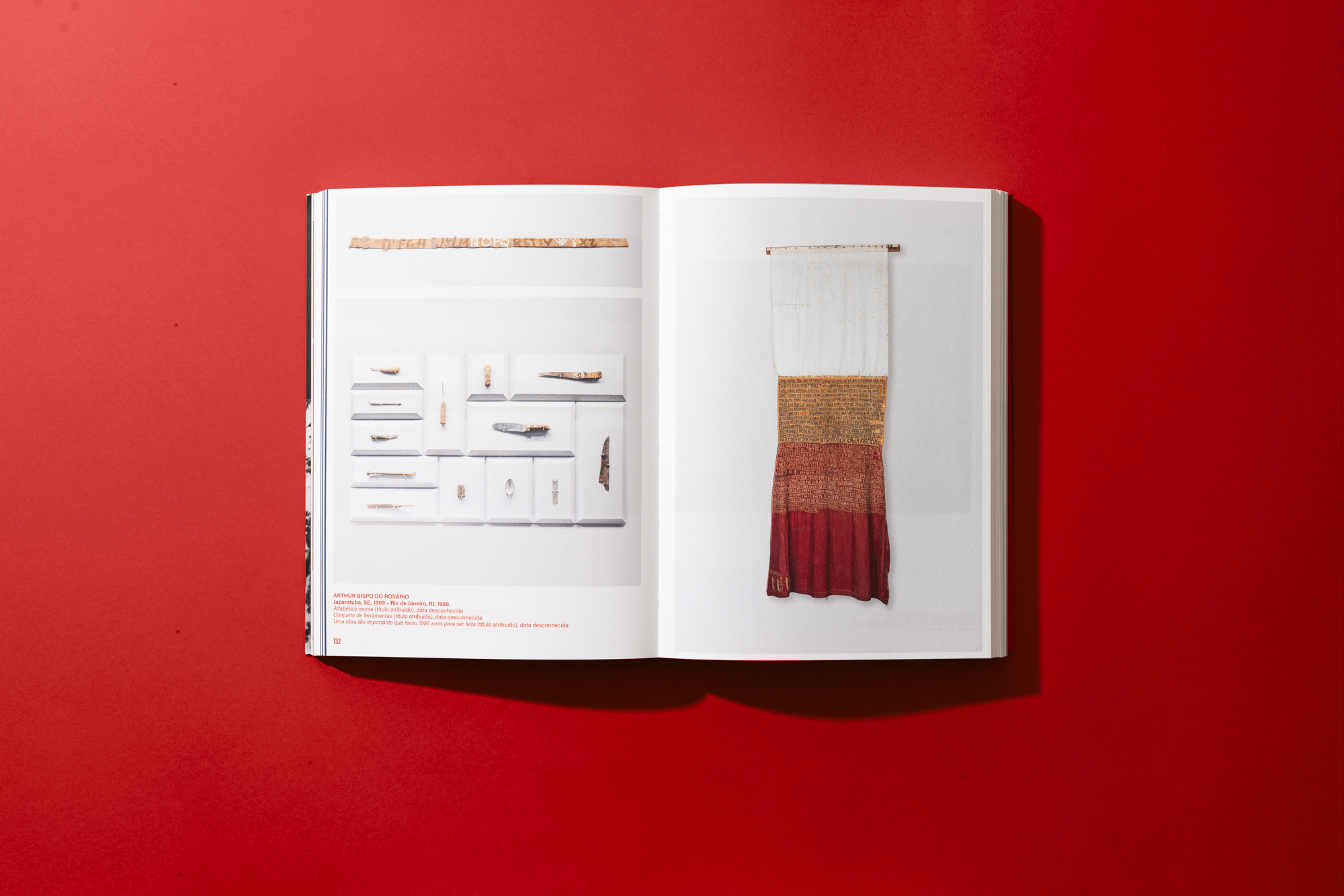The exhibition is dedicated to the trajectory and literary production of the Minas Gerais author who became internationally known with the publication of her book Quarto de despejo, in August 1960. It aims to present her authorial production, which included the publication, while still alive, of other literary works, in addition to highlighting her incursions as a composer, singer and circus artist.
Divided into 15 thematic sections, the exhibition features news, manuscripts, photographs and documents about Carolina's life and work. It also features works by around 60 artists, some commissioned, that dialogue with the themes investigated by Carolina.
The curatorship is by the anthropologist Hélio Menezes and the historian Raquel Barreto, and the curatorship is assisted by the art historian Luciara Ribeiro. In addition to IMS Paulista, other institutions also hosted the exhibition: Sesc Sorocaba (SP), Sesc Rio Preto (SP), Parque Madureira (RJ) and Museu de Arte do Rio (RJ) – this one with the assistance of curatorship by Phelipe Rezende.
The visual identity created is exclusively typographic, emphasizing the literary aspect of the exhibition. We analyzed the characteristics of Carolina's handwriting and chose a typography that presents structural similarities with her, such as the generous x-height and the slightly extended width of the letters. Typography is present in many visual communication materials, its main application being in the author's sentences that run across the top of the entire exhibition space.
The colors are a tribute to Carolina. Red was her favorite color: the author dreamed of living in a house that color, but even when she managed to buy her house, she could not paint it red for fear of retaliation from the priests who would label her a communist. Blue, on the other hand, refers to the numerous references to the color of the sky in her diaries.
The title of the exhibition uses Carolina's handwriting and was inspired by the name of an unpublished manuscript by the writer. She attributed authorship to the politician and jurist Ruy Barbosa, a white man who belonged to the dominant elites of this country, with their historic class, race and gender privileges. Carolina, however, changed the meaning: her Brazilians are different, and, like her, they are black and poor − subjects erased from official history.
More information about the exhibition can be found on the website created by the IMS: http://expocarolinamariadejesus.ims.com.br

